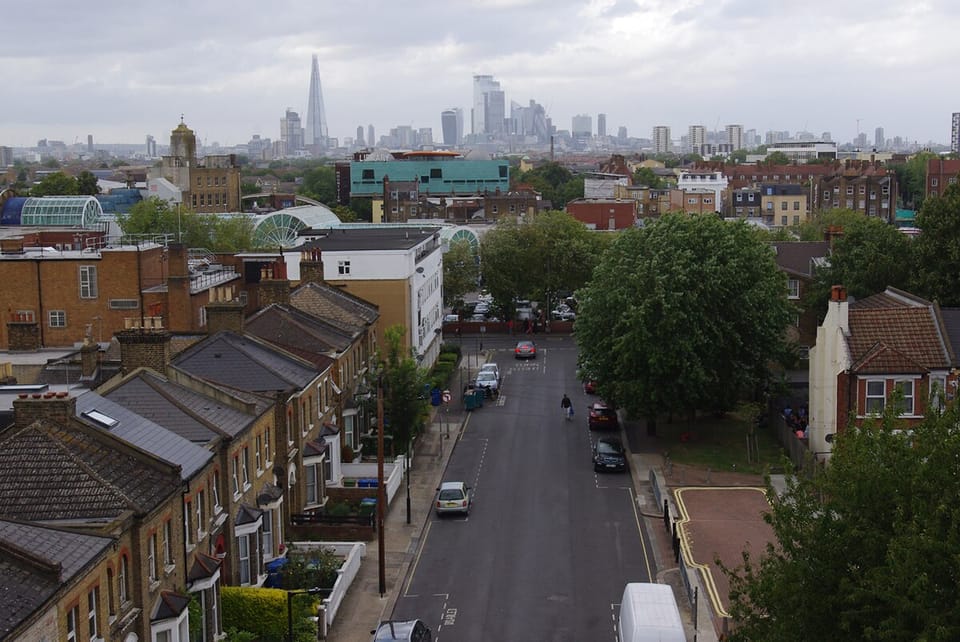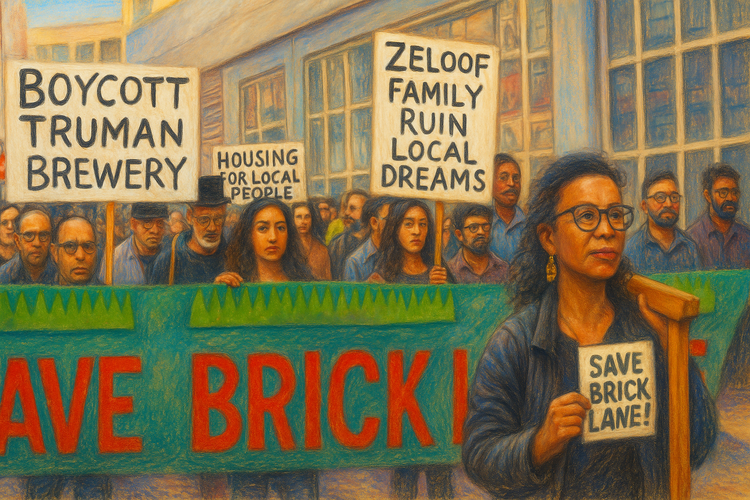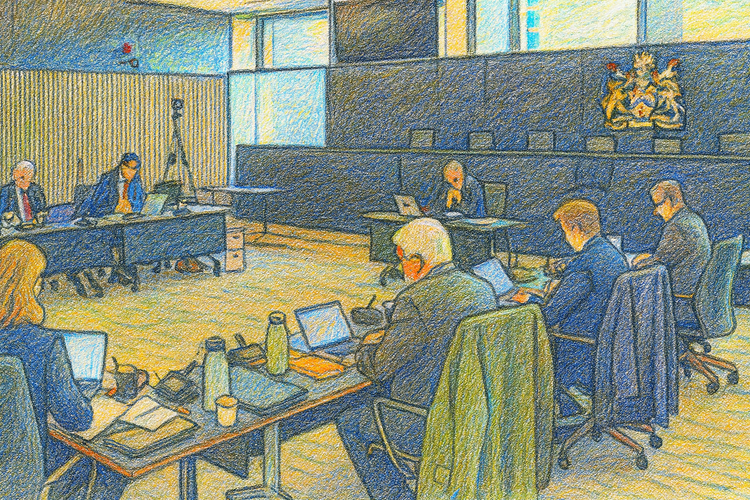Peckham: Development or Regeneration?

Peckham is once again at the centre of London’s development debates. The proposed redevelopment of the Aylesham Centre — with its promise of hundreds of new homes and retail space — is framed by its backers as “transformative regeneration.” Yet for many residents, it feels less like regeneration and more like extraction: capital pulled in, value generated locally, and profits channelled away to developers, financiers, and distant shareholders.
At stake is a bigger question: what kind of city do we want to build? And crucially, who benefits when urban change arrives?
The Extraction Model: Aylesham Centre
The Aylesham Centre scheme exemplifies a familiar pattern. Developers acquire land, leverage planning permissions to increase density, and then adjust financial “viability” assessments to minimise affordable housing and community obligations.
- Affordable housing promises shrink: from an initial 35% to as little as 12%.
- Skyline and heritage are sacrificed: rooftop views, cultural anchors, and historic urban fabric are brushed aside in pursuit of maximum floor area.
- Profits flow outward: to corporate headquarters, institutional investors, and landowners who see their values rise.
The result? A project marketed as regeneration but experienced locally as displacement, gentrification, and loss.
Why the Extraction Model Fails Cities
Urban theorists from Jane Jacobs to Lewis Mumford help us see why the extraction model is structurally flawed.
- Jacobs on diversity and “cataclysmic money.” In The Economy of Cities, Jacobs showed that true urban growth comes from diverse small-scale enterprise and “import replacement,” not from massive top-down schemes. In The Death and Life of Great American Cities, she warned against “cataclysmic money” — huge surges of investment that flatten fragile neighbourhood ecosystems before they can adapt. The Aylesham proposal is a textbook case: a monocultural injection of capital that erodes the very variety on which cities thrive.
- Mumford on human scale. Lewis Mumford argued that cities are at their best when organised around human-scale networks of streets, squares, and small enterprises. He condemned the metropolitan “megamachine” — oversized systems that subordinate people to financial throughput. The Aylesham plan reproduces this machine, privileging density and capital flows over civic life.
- Where the money goes. Under extraction, local spending, mortgages, and even public grants are converted into developer profit, land uplift, and financial yields. Those profits leave Peckham via corporate dividends, offshore vehicles, and institutional investors. Meanwhile, the “public return” through Section 106 or CIL contributions remains modest, often negotiated down in the name of “viability.”
- Contemporary evidence on culture and community. Research from Historic England, DCMS, and the OECD shows that heritage- and culture-led regeneration consistently outperforms demolition-led schemes in long-term local benefit. Capital circulates through SMEs, freelancers, and independent traders, strengthening place identity while creating jobs.
In short: by Jacobs’ test — does this enlarge everyday diversity and economic creativity? — and Mumford’s test — does this deepen human-scale life? — extraction-led redevelopment fails.
The Regeneration Alternative
Peckham’s campaigners are right to ask: is there another path? Across London and beyond, examples show that regeneration can be done differently — restoration-led, heritage-anchored, and community-focused.
Brixton Arches
Network Rail’s attempted eviction of small businesses from Brixton’s railway arches provoked fierce resistance. While the battle was partial, it underlined how independent traders are the backbone of regeneration. Where they remain, money circulates locally, employment is rooted, and cultural life is sustained.
Deptford Market Yard
In Deptford, restoration of railway arches rather than demolition created space for food, retail, and creative enterprises. The scheme thrived not because it maximised density but because it built on local identity. Profits and livelihoods remained closer to home.
Margate Old Town
Margate’s revival was anchored in restoration of Georgian and Victorian fabric. Adaptive reuse brought artists, cafés, and small shops back into circulation. While debates about gentrification persist, the model showed how heritage can act as an engine of renewal when investment is incremental and locally rooted.
Two Models, Two Outcomes
- Extraction-driven redevelopment (Peckham Aylesham): capital leaves the neighbourhood; obligations are minimised; heritage and community identity are weakened.
- Restoration-led regeneration (Brixton, Deptford, Margate): capital circulates locally; small businesses and trades are supported; heritage becomes the driver of value rather than its casualty.
The contrast could not be sharper.
The Lesson for Peckham
Peckham does not lack investment — it lacks a framework to ensure that investment benefits the community. Campaigners are already charting this path:
- Demanding transparency in financial viability claims.
- Advocating for adaptive reuse of heritage structures like the Old Mill Building.
- Insisting that green spaces like Peckham Green remain part of the urban commons.
- Exploring community-ownership models that lock capital into the local economy.
The real choice facing Peckham is not development versus stasis. It is extraction versus regeneration.
A Call to Action
The future of Peckham will be decided not only in planning inquiries and council meetings but also in the strength of community resolve. If London is to remain a city of neighbourhoods rather than a market of assets, Peckham must be allowed to follow the path of restoration-led regeneration.
Because when capital stays local — supporting small businesses, trades, and cultural life — regeneration does not hollow out communities. It rebuilds them.




